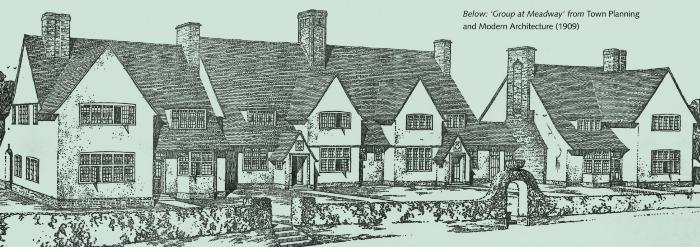To display in FULL SCREEN hover the cursor over the image above and click the top left zoom button
Michael Bunney was born in Venice in 1878, the son of notable landscape artist
John Wharlton Bunney. 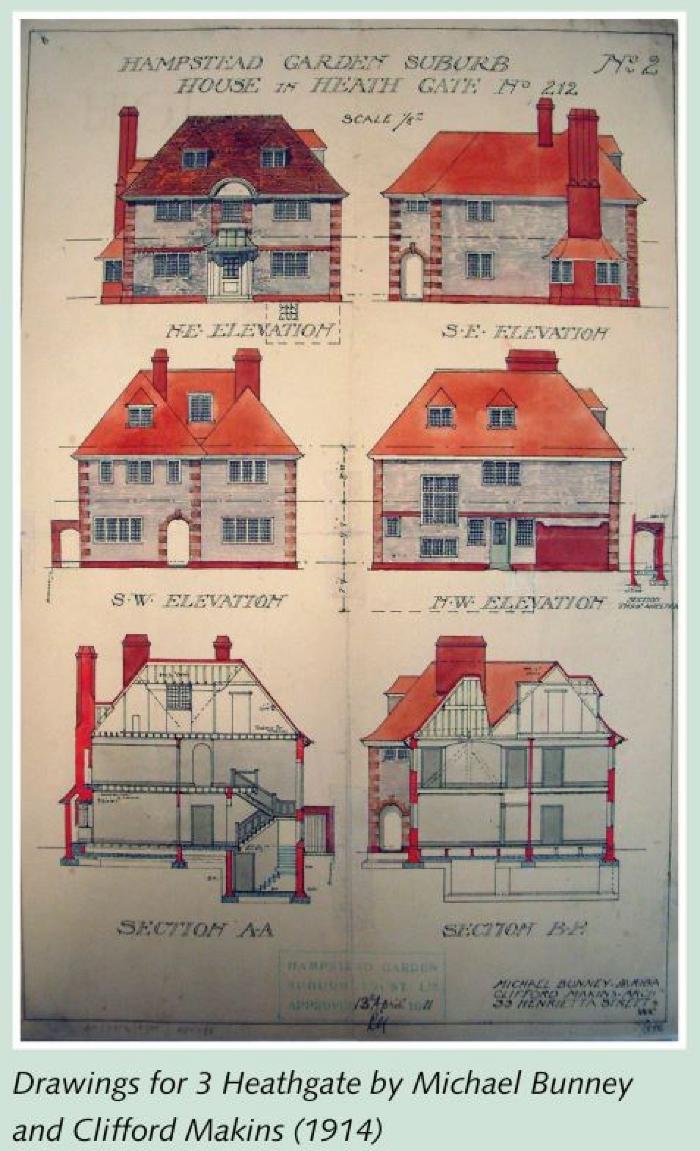
Bunney was educated initially at Fettes College, Edinburgh before going on to study at the Architectural Association and Royal Academy in the 1890s. During this period Bunney was articled to the architect Horace Field, eventually becoming his chief assistant. Together they wrote English Domestic Architecture of the XVII and XVIII Centuries, a well-received book which focused on smaller houses of the period.In 1905 Bunney established his own practice in partnership with Clifford Makins, who had also worked with Field. The pair were some of the principal architects of the early Suburb, designing some 90 houses both together and individually between 1907 and the outbreak of the First World War.
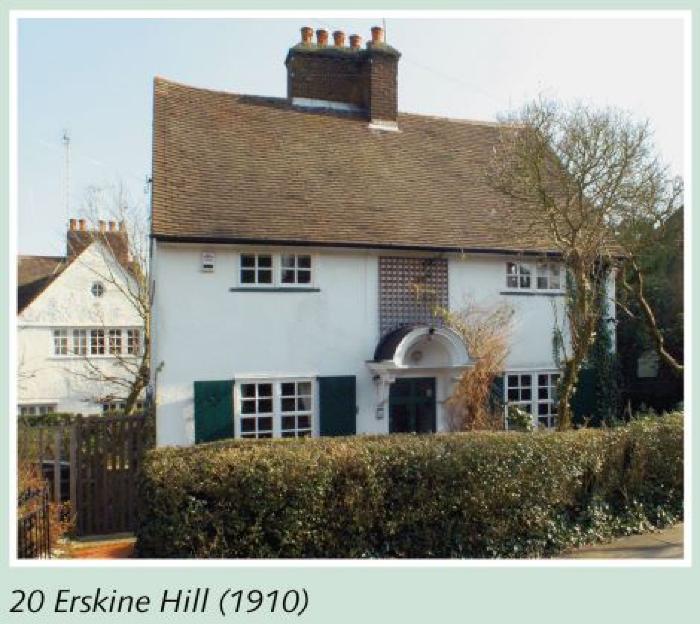
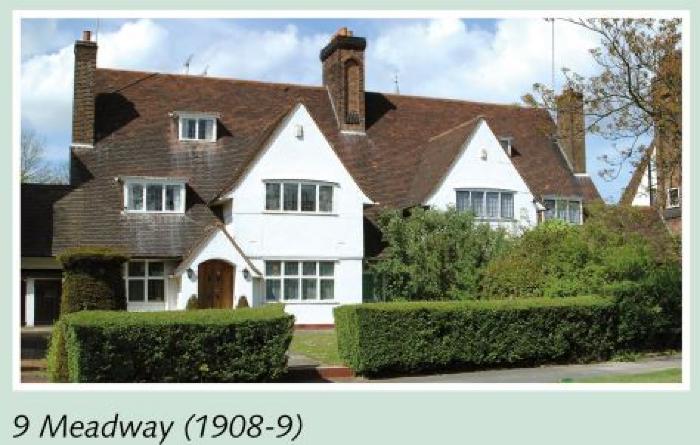
Bunney’s work on the Suburb reflected his knowledge of historical English domestic architecture. He was equally comfortable working in a formal Queen Anne revival style, for example in Linnell Close, as in a more vernacular cottage style, such as his work on Willifield Way or Meadway. His work was much admired by Raymond Unwin, who called him ‘a great contributor to the architectural merits of the estate’. Bunney built his own house, 13 Meadway, in 1909 and lived there for the rest of his life. In his town planning work he helped plan parts of Southampton and Esher as well as playing a significant role in laying out Romford Garden Suburb, now known as Gidea Park.
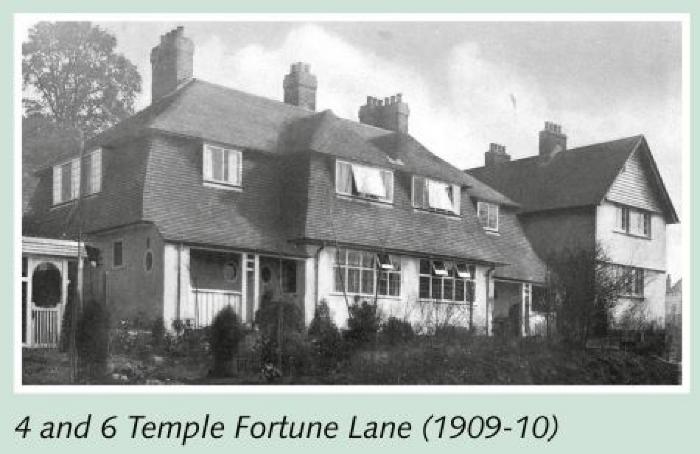
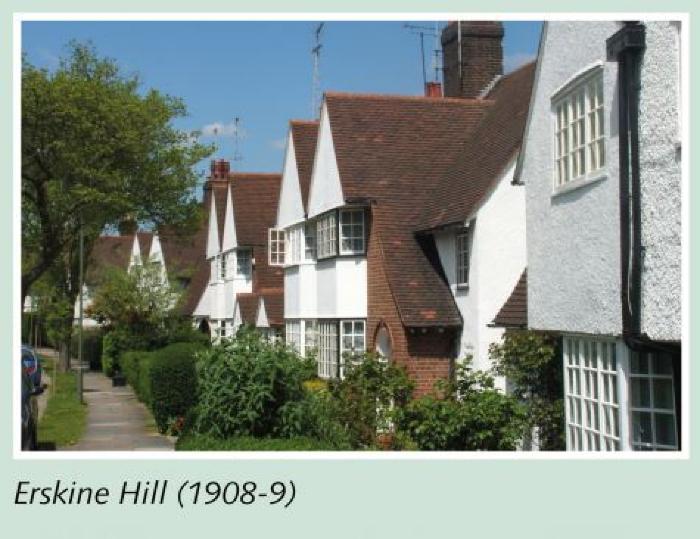
During the First World War Bunney followed Unwin to the Ministry of Munitions, designing housing for factory workers such as Eastriggs, near Gretna in Scotland and receiving an MBE for his work. In some ways these munitions villages can be considered some of the first ‘new towns’ built by the state. After the war he worked once again under Unwin in the Ministry of Health’s Housing Department, where he stayed until 1922. In 1925 he designed, with Makins, the Shilling House in Fenham, Newcastle, arguably one of the earliest examples of Modernist architecture in the UK.
Bunney died very suddenly in 1927 and was survived by his wife Edith and their son Michael John Hewetson Bunney, who also became an architect.
